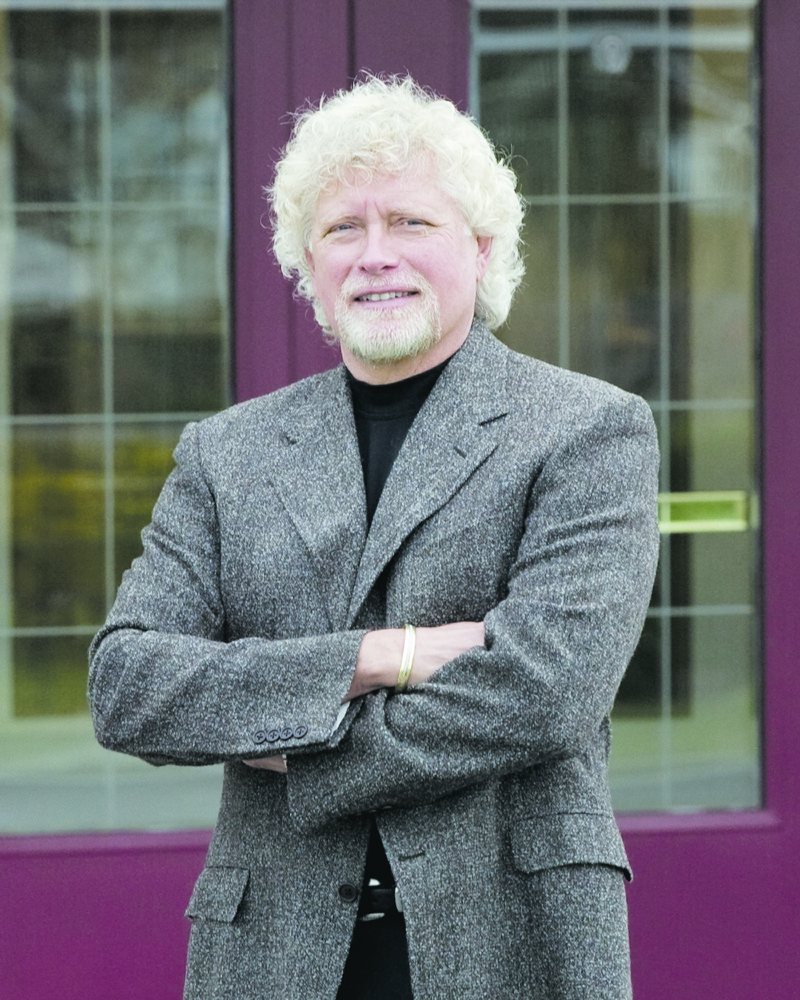AUGUSTA — Scholarships for adult students, support for veterans and an auditorium expansion are among the areas that would benefit from the University of Maine at Augusta’s first major effort to raise private money.
The university system’s trustees have given UMA approval to conduct a capital campaign this year and next to raise $5 million to $7.5 million.
The campaign is timed to coincide with UMA’s 50th anniversary, in 2015, and some anniversary celebrations will have a fundraising component.
Private fundraising is not new for Maine’s public universities. The University of Maine Foundation and University of Southern Maine Foundation are independent nonprofit organizations that raise money for the universities in Orono and Portland.
Some of the other universities have also run capital campaigns, ranging from small ones, like the $3 million campaign that the University of Maine at Fort Kent launched in 2012, to the $150 million, six-year Campaign Maine for the flagship university that ended in 2011.
When UMA President Allyson Handley arrived in 2008, however, she found that there had been only isolated efforts to raise private money at UMA. There were no development staff, and no one kept alumni records.
In 2009, the university started an annual campaign that has raised $80,000 to $100,000 per year recently. UMA’s proposed budget for next year is $36 million.
Handley said she has seen the generosity that Augusta and surrounding communities have shown for projects like Cony High School, the Kennebec Valley YMCA and the Alfond Center for Health, and she thinks UMA can make a strong case in its own fundraising efforts.
“It’s UMA’s turn,” she said. “UMA has not asked the community at large for support.”
Planning for the campaign has been ongoing for several months.
Developer Lon Walters, chairman of UMA’s Board of Visitors, will be a co-chairman of the campaign and is recruiting others to serve in advisory positions.
UMA could finalize a contract as early as this week with the consulting firm that will analyze data and design a strategy for the campaign. Handley said it made more sense to hire a consultant than to set up a development office.
One of the consultant’s first tasks will be to help identify a specific feasible goal for the campaign, which probably will be somewhere between $5 million and $7.5 million.
The money will be targeted toward five areas:
• Scholarships for non-traditional students, such as part-time students and those returning to complete a degree.
• Veteran support, including expansion of a peer mentoring program and endowing the existing position of military director.
• Online and distance education, with better technical support and a goal of enabling every UMA program to be taken entirely online.
• Expansion of the Jewett Hall Auditorium, the largest space on campus.
• Scholarship funds that support a variety of programs and activities.
The campaign will provide the flexibility, however, for donors to designate other programs or projects they want to support, Handley said.
Walters said he thinks the campaign’s funding priorities are the right ones because they’ll provide the most direct benefit to students, rather than spending millions on a new building, for example.
“There’s some people that, flat-out, they’re not going to be able to go to school without some help,” Walters said. “If we can create enough scholarship money to open the door to people who couldn’t otherwise afford it, what better thing could you do?”
When Walters attended UMA in the early 1970s, he was the sort of student that the capital campaign could help: a veteran who was working full time and didn’t have a good experience his first time at a four-year college.
At the time, UMA didn’t offer the four-year degree Walters wanted, but his two years there prepared him to finish the degree at the University of Southern Maine. UMA is important to central Maine because it continues to provide similar opportunities to others, Walters said.
Handley said the Jewett Hall Auditorium landed on the priority list because its size — it seats fewer than 300 people — limits its usefulness for both the university and other groups. Larger events at the university can take place outdoors in good weather, but UMA often ends up renting space at the Civic Center, Handley said.
Outside groups also use the auditorium, and Handley said that a larger, nicer space could attract more events.
UMA, along with the rest of the university system, is facing a squeeze from its traditional funding sources. The system’s state appropriation is flat, and a tuition freeze and lower enrollment are combining to reduce revenue from tuition.
UMA’s budget, which goes to the Board of Trustees in May, cuts $2.7 million, including 24 jobs that will be eliminated, cutbacks in food service and leased space and the elimination of the men’s and women’s soccer teams.
Susan McMillan — 621-5645 smcmillan@centralmaine.com Twitter: @s_e_mcmillan@s_e_mcmillan
Send questions/comments to the editors.




Comments are no longer available on this story